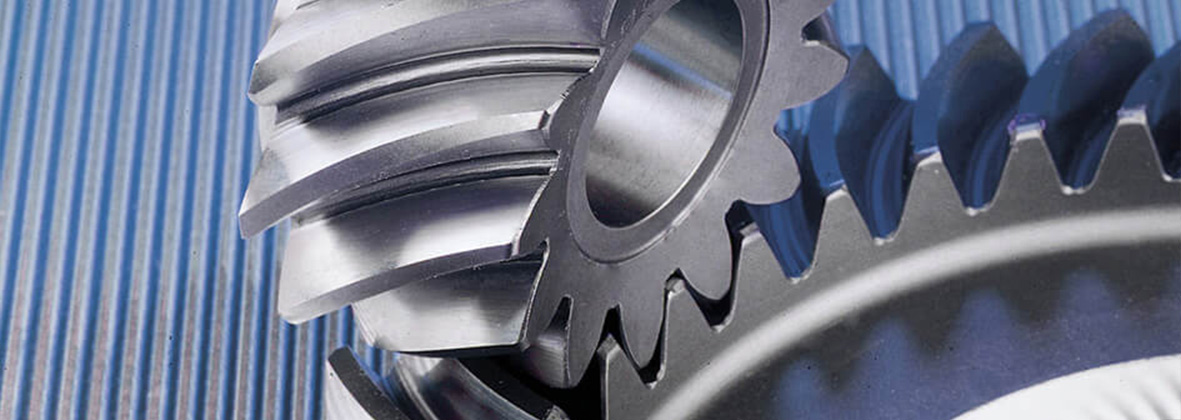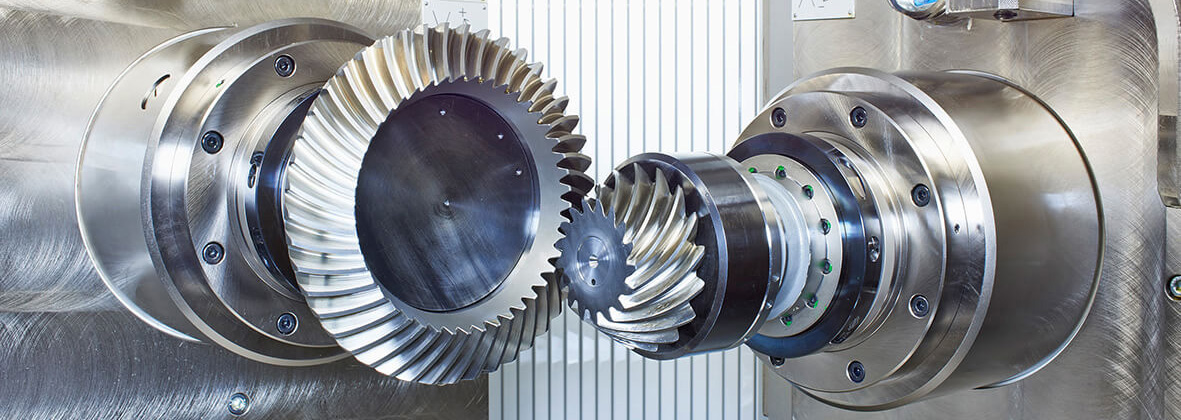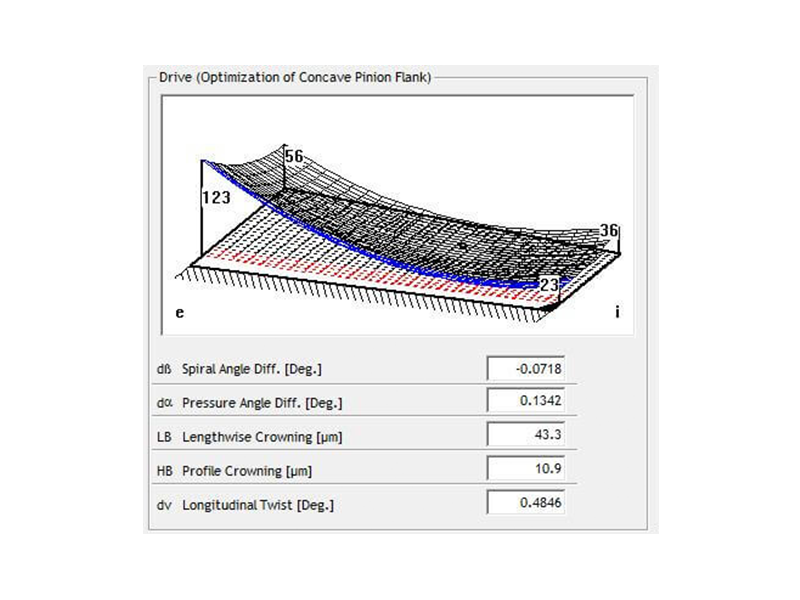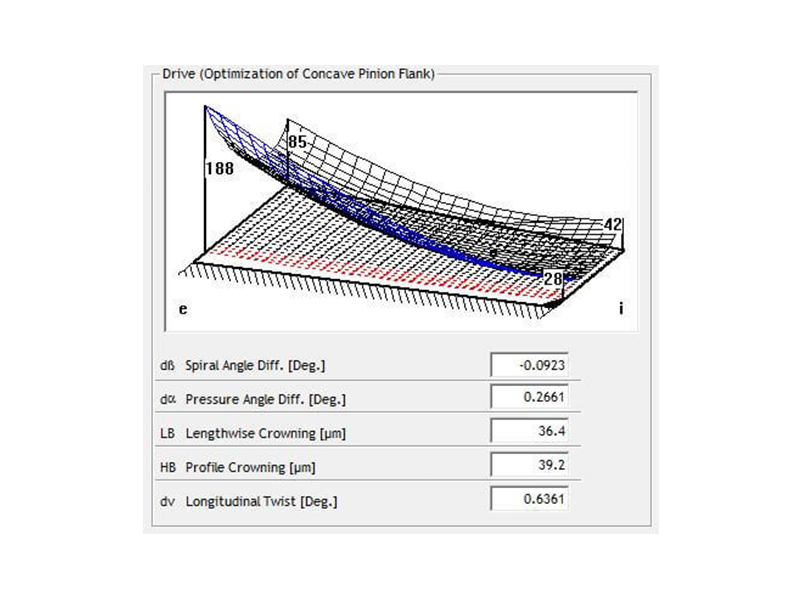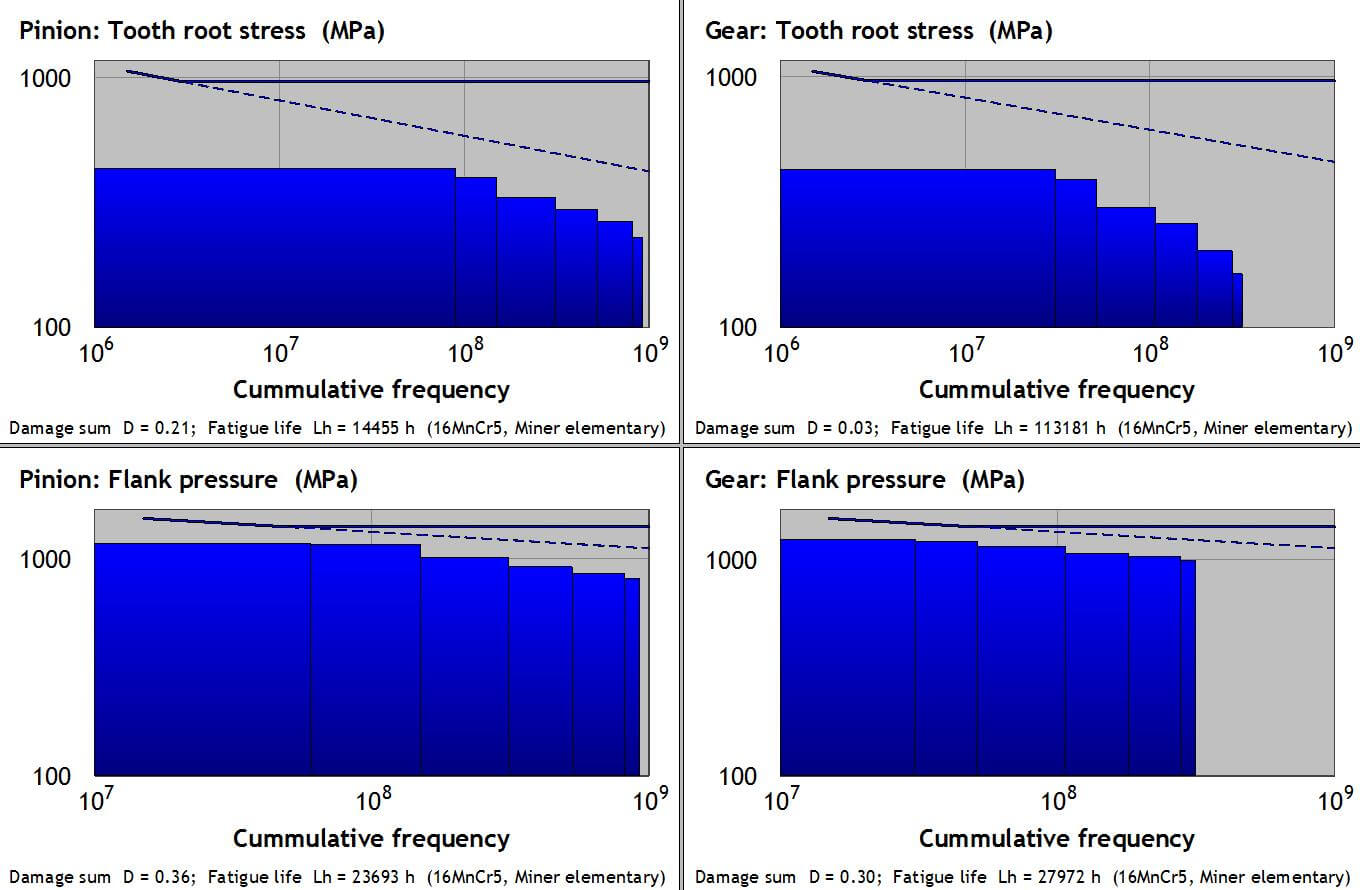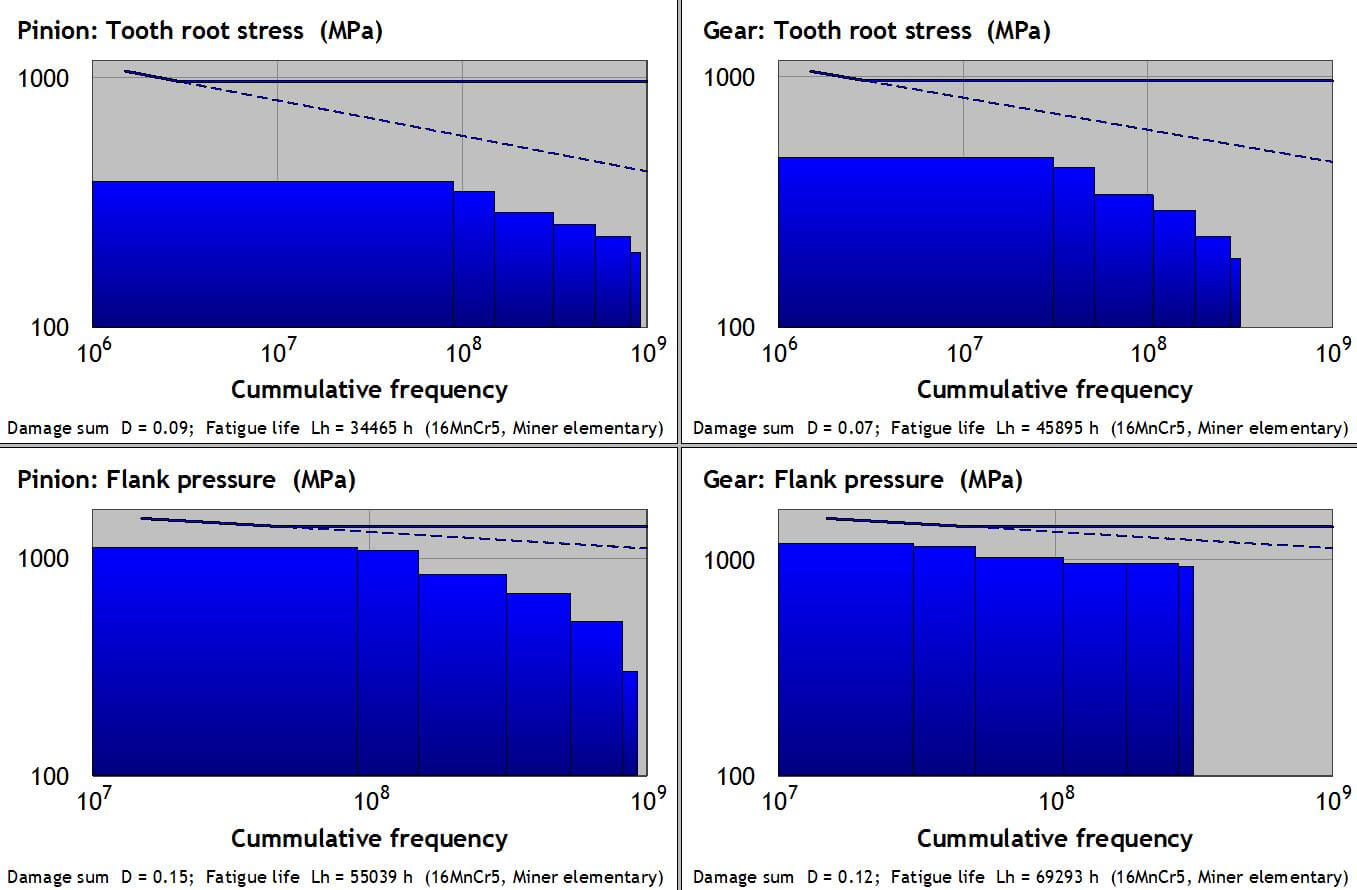What if we could calculate the service life of a bevel gear instead of having to subject each design to costly, time-consuming tests?
Fatigue Strength and Service Life Calculation of Gears
In the latest version of KIMoS, Klingelnberg makes it possible to calculate a bevel gear’s service life for specific operational loads, as well as for Face Hobbing design and Face Milling. To calculate the fatigue strength of a bevel gear, three basic elements must be known: the precise shape of the gear, the properties of the material, and the running conditions of the gear set. All of these elements are taken into account in KIMoS. Fatigue strength is calculated using Miner’s rule based on the linear cumulative damage hypothesis.
The cumulative damage to a gear pair can be predicted by combining the load spectrum, the load concentration on the tooth surface, as well as the bending stress in the tooth root and the cyclic stress-strain properties of the material. If the total cumulative damage for pitting and breakage is available, KIMoS can calculate the service life of the bevel gear set.
To generate a load spectrum with an extremely limited number of load cases, one of the counting methods must be used for the load cycles. If real load conditions comprising many different load cycles (for example with the rainflow method) are used to start with, these cyclic events can be counted, making it possible to convert real operational load cycles with an extremely reduced number of load cases into a load spectrum.
